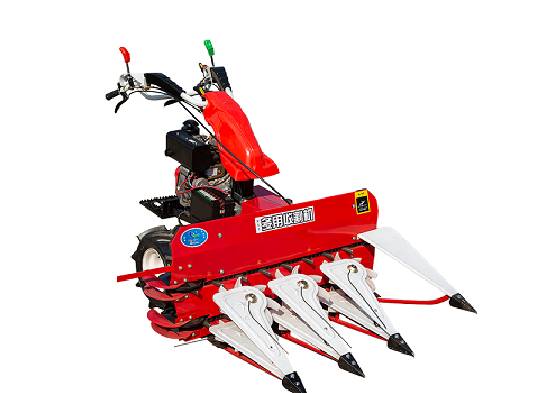rice reaper machine
The Innovative Rice Reaper Machine Revolutionizing Agriculture
Rice, a staple food for more than half of the world's population, is primarily cultivated in Asia. As the global population continues to rise, the demand for rice is increasing rapidly, necessitating improvements in agricultural practices. One significant advancement that has revolutionized rice farming is the rice reaper machine. This device streamlines the harvesting process, significantly increasing efficiency and reducing labor costs.
The Importance of the Rice Reaper Machine
Traditionally, rice harvesting was a labor-intensive process, often requiring hundreds of workers to manually cut down the tall stalks of rice. This method is not only time-consuming but also physically demanding, leading to a decrease in harvest quality due to fatigue. The introduction of the rice reaper machine has transformed this landscape by allowing for faster and more efficient harvesting.
The rice reaper machine operates on a simple yet effective mechanism. It uses a series of sharp blades to cut the rice stalks close to the ground, collecting them into bundles for easy transport. This innovative approach minimizes the amount of labor needed, as one machine can do the work of multiple harvesters in a fraction of the time. Additionally, the machine reduces the likelihood of crop loss, as it can harvest crops before they fall to the ground, ensuring farmers maximize their yield.
Features of Modern Rice Reaper Machines
Modern rice reaper machines come equipped with various features designed to enhance their efficiency and ease of use. Many machines are now powered by fuel-efficient engines, which not only reduce operational costs but also decrease their environmental impact. Some models are designed to be lightweight and maneuverable, allowing farmers to traverse uneven terrain with ease. Moreover, advancements in technology have led to the development of machines with adjustable cutting heights, making them adaptable to different rice varieties and growing conditions.
One notable feature of contemporary rice reapers is their ability to operate in wet conditions. Traditional harvesting methods struggled in flooded fields, often leading to delays in the harvesting schedule. However, modern reaper machines can handle muddy terrain, allowing farmers to continue their work regardless of weather conditions. This adaptability is crucial in regions where rain patterns can be unpredictable, ensuring that farmers do not miss the optimal harvesting window.
rice reaper machine

Economic Impact on Farmers
The economic implications of the rice reaper machine are profound. By reducing labor costs and increasing the efficiency of harvesting, farmers can significantly boost their profit margins. With a rice reaper, the time required for harvesting is drastically reduced, allowing farmers to allocate their time to other important tasks, such as planting and managing their crops. This increased efficiency contributes to a more sustainable agricultural practice overall.
Moreover, the use of rice reaper machines can lead to improved quality of the harvested rice. When rice is harvested with precision and in a timely manner, the quality of the grains improves, resulting in better market prices. Farmers who adopt these machines may find themselves more competitive in local and global markets, as high-quality rice demands a premium price.
Challenges and Considerations
Despite the clear advantages, the adoption of rice reaper machines is not without challenges. The initial investment can be significant, which may deter small-scale farmers. However, various government subsidies and loans are available in several countries to assist farmers in acquiring this technology. Education and training are also essential; farmers need to understand how to operate and maintain these machines effectively to maximize their benefits.
Additionally, there are concerns regarding mechanization leading to a reduction in rural employment. While it's true that machines can perform the work of several farmers, this shift can also create new opportunities in machinery maintenance, operation, and agricultural consultancy.
Conclusion
In conclusion, the rice reaper machine represents a significant advancement in agricultural technology that transforms the way rice is harvested. By increasing efficiency, reducing labor costs, and enhancing crop quality, this innovative machine empowers farmers to meet the growing global demand for rice. While challenges exist in terms of initial costs and employment shifts, the long-term benefits of adopting rice reaper machines are undeniable. As agriculture continues to evolve, it is technologies like these that will play a critical role in ensuring food security and sustainability for future generations.
Latest news
-
When to Upgrade Your Old Forage HarvesterNewsJun.05,2025
-
One Forage Harvester for All Your NeedsNewsJun.05,2025
-
Mastering the Grass Reaper MachineNewsJun.05,2025
-
How Small Farms Make Full Use of Wheat ReaperNewsJun.05,2025
-
Harvesting Wheat the Easy Way: Use a Mini Tractor ReaperNewsJun.05,2025
-
Growing Demand for the Mini Tractor Reaper in AsiaNewsJun.05,2025







